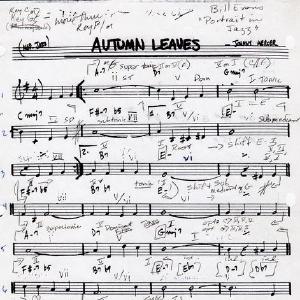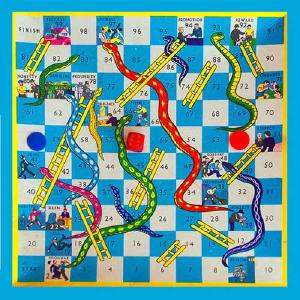A comment on comments

We learn in school that all code should have comments. Then, in real life, we find that not everyone was paying attention to what was said in school. As a consequence, most code is obscure and without proper comments.
I was always careful to comment every relevant step of my code, specially the parts which are obscure or not self-explanatory.
But since I recently read Uncle Bob’s Clean Code , my opinion on this changed. Today I believe that the less comments the better. And yet, I don’t see this as contradictory to what I used to think.














